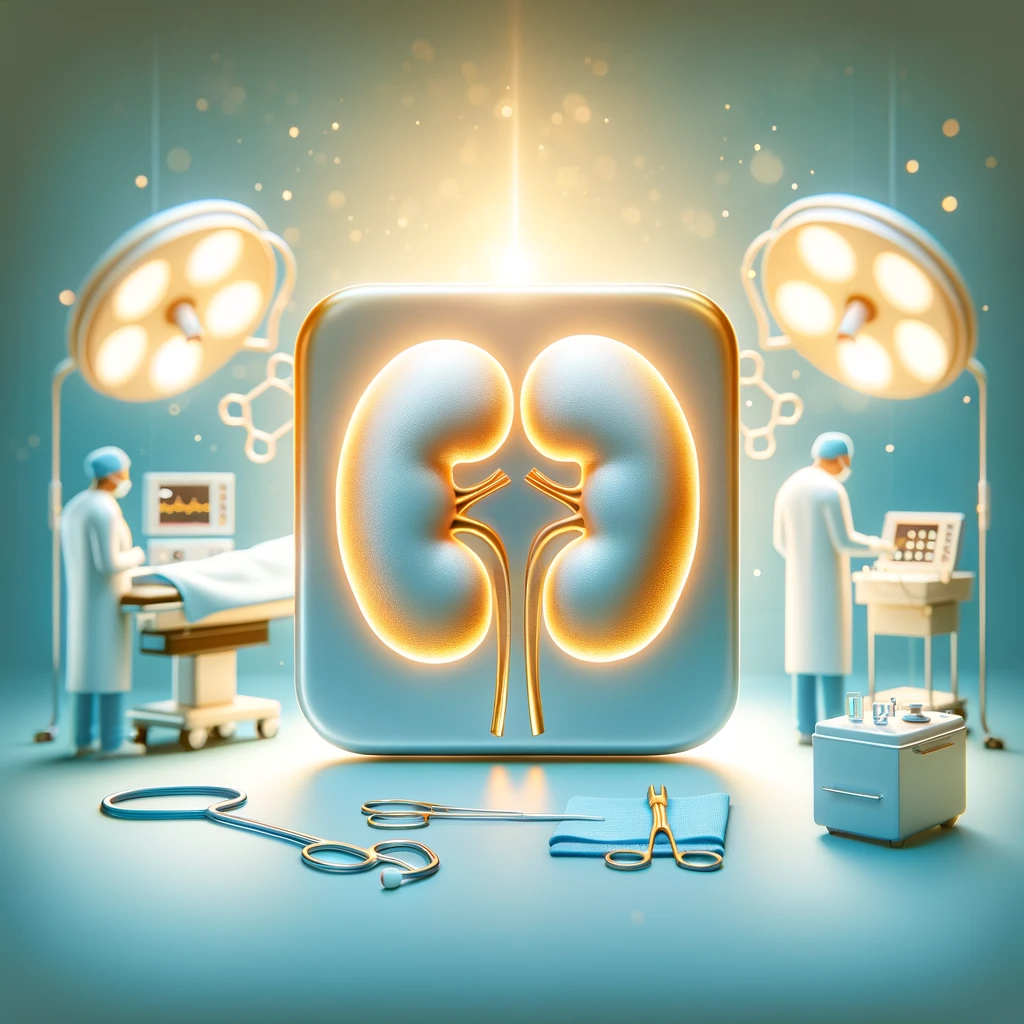
Kidney transplantation remains the gold standard treatment for end-stage renal disease (ESRD), offering improved survival rates and quality of life compared to long-term dialysis. However, the demand for donor kidneys far exceeds the supply, necessitating continuous innovation to improve outcomes and expand the donor pool.
Advances in Donor Organ Preservation
One of the significant advancements in kidney transplantation is improved organ preservation techniques. Traditional static cold storage (SCS) has been the standard method, but it has limitations in terms of preservation time and organ quality.
- Hypothermic Machine Perfusion (HMP): HMP has emerged as a superior method, improving graft survival and reducing delayed graft function (DGF). Studies show that HMP can reduce the incidence of DGF by 23% compared to SCS. Furthermore, HMP extends the preservation time from 24-36 hours to 48-72 hours, allowing for more flexible scheduling and better organ utilization.
- Normothermic Machine Perfusion (NMP): NMP is an innovative technique that preserves kidneys at body temperature, providing oxygen and nutrients. Early clinical trials indicate that NMP can further reduce DGF rates and improve immediate graft function. A study published in The Lancet reported a 26% improvement in one-year graft survival rates with NMP compared to SCS.
Expanding the Donor Pool
Increasing the availability of donor kidneys is crucial to meeting the growing demand for transplants. Several strategies have been developed to expand the donor pool:
- Extended Criteria Donors (ECDs): ECDs include older donors and those with certain medical conditions. While these kidneys have traditionally been considered suboptimal, advances in preservation and surgical techniques have improved their outcomes. Data shows that the use of ECD kidneys has increased by 30% over the past decade, with survival rates now approaching those of standard criteria donor kidneys.
- Living Donor Paired Exchange (LDPE): LDPE programs allow incompatible donor-recipient pairs to exchange kidneys with other pairs, increasing the likelihood of finding a match. The National Kidney Registry (NKR) in the United States facilitated over 1,000 transplants through paired exchanges in 2023, a 15% increase from the previous year.
- Desensitization Protocols: For highly sensitized patients, desensitization protocols using plasmapheresis and intravenous immunoglobulin (IVIG) can reduce antibody levels, allowing for successful transplantation. These protocols have enabled 20-30% more patients with high panel-reactive antibodies (PRA) to receive transplants.
Advances in Immunosuppression
Immunosuppressive therapies are essential to prevent organ rejection, but they come with risks of infection and other complications. Innovations in immunosuppression aim to balance efficacy and safety:
- Belatacept: Belatacept is a costimulation blocker that offers a less nephrotoxic alternative to calcineurin inhibitors (CNIs). Clinical trials have shown that belatacept provides similar rejection rates to CNIs but with better long-term kidney function. Patients on belatacept had a 20% higher estimated glomerular filtration rate (eGFR) at five years compared to those on CNIs.
- Minimization and Withdrawal Protocols: Protocols that minimize or withdraw steroids and CNIs aim to reduce long-term side effects while maintaining low rejection rates. A study in the American Journal of Transplantation reported that patients on minimization protocols had a 25% lower incidence of diabetes and hypertension post-transplant.
Regenerative Medicine and Xenotransplantation
Future directions in kidney transplantation involve cutting-edge technologies such as regenerative medicine and xenotransplantation:
- Regenerative Medicine: Advances in stem cell research and tissue engineering hold the potential to create bioartificial kidneys. Early-stage research has demonstrated the ability to generate kidney tissue from pluripotent stem cells, offering hope for the development of fully functional transplantable kidneys in the future.
- Xenotransplantation: The transplantation of organs from genetically modified animals, particularly pigs, to humans is another promising area. Recent breakthroughs in gene editing, such as CRISPR-Cas9, have made it possible to reduce the risk of hyperacute rejection. A landmark study in 2022 demonstrated the viability of a porcine kidney xenotransplant in a human recipient for 74 hours without immediate rejection, marking a significant step forward.
Conclusion
Innovations in kidney transplantation are rapidly advancing, driven by the need to improve outcomes and address the growing demand for donor organs. Improved preservation techniques, expanded donor pools, advanced immunosuppressive therapies, and emerging technologies in regenerative medicine and xenotransplantation are paving the way for the future of kidney transplantation.
Quiz
Please note that our articles are not intended to guide personal health decisions.
This content has been curated by Renes Care. Unauthorized use or reproduction is prohibited.
© Renes Care. All rights reserved.
